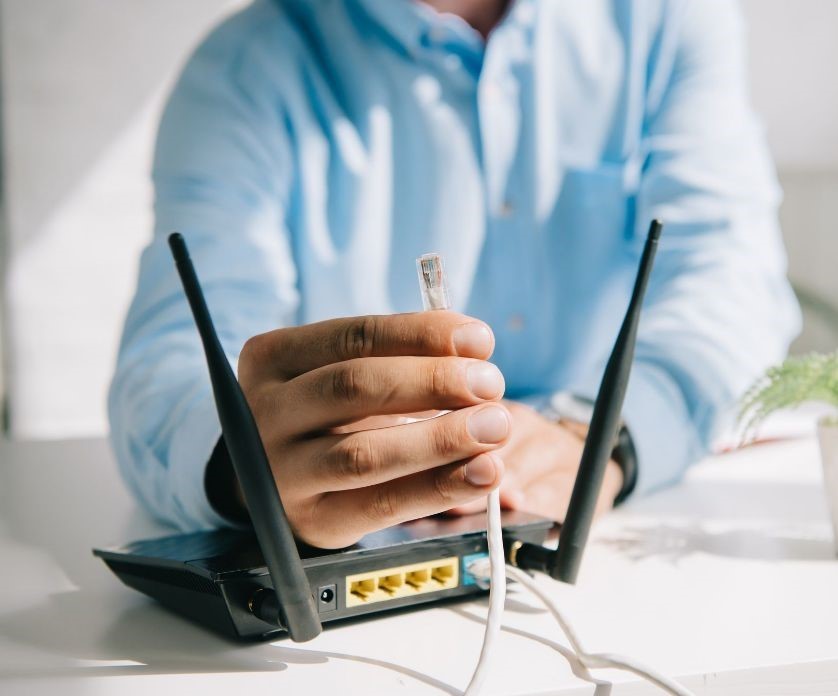
Essential Router Settings to Boost Security
 So, you have purchased a new router, and you are eager to see it in action. You have unpacked it, and then you have set up a strong Wi-Fi password for your wireless network, as instructed by the manual. But is that all you need to do to keep your wireless devices secure? Not at all, according to George Hardesty, CEO of Data Alliance, who states that over 80% of routers are vulnerable to cyber attacks. Here's what you can do to keep your network clients safe.
So, you have purchased a new router, and you are eager to see it in action. You have unpacked it, and then you have set up a strong Wi-Fi password for your wireless network, as instructed by the manual. But is that all you need to do to keep your wireless devices secure? Not at all, according to George Hardesty, CEO of Data Alliance, who states that over 80% of routers are vulnerable to cyber attacks. Here's what you can do to keep your network clients safe.
1. Change the router username and password.
You may have set up the wireless network properly, but your router's settings can be accessed using an admin username/password combination. If you keep the default values, hackers will be able to log into your device remotely, and then get access to your wired and wireless networks.
Unfortunately, some router makers do not allow people to change the admin usernames, and limit the number of characters that can be used for admin passwords to 12 or fewer characters. If this is the case, my recommendation is to dump that router and choose a modern one, which will help keep your Wi-Fi devices safe. Here's an online username generator and a password generator that may come in handy.
2. Activate your router's security settings.
Go to the admin section, and then enable the built-in firewall if it isn't already activated. Most routers include hardware-based firewalls, which make use of Deep Packet Inspection (DPI) mechanisms to prevent cyber criminals from accessing your network. DPI examines the network header data and weeds out spammy packets in real time, preventing them from reaching your network. Then, disallow remote access. Most of us will never need to access routers remotely, so be sure to disable this feature. You should find this setting in your router's "Network Administration" section.
3. Ensure that the data is properly encrypted.
The first Wi-Fi encryption protocol (WEP) was a laughingstock; any script kiddie was able to break it within minutes using freely available tools. The next iteration - WPA - was much better, and WPA2 was rock-solid, because it was using the strong AES encryption algorithm. Or so we thought, until we learned that the four-way handshake can be captured, and data packets can then be decrypted. I won't bother you with all the details, but if you are a geek, you can read a good article about this here. The conclusion is simple: buy a new router which supports the WPA3 encryption protocol, and then activate this secure (at least for now) data encryption mechanism. I know that most of your Wi-Fi clients won't support the new WPA3 technology, but since the router is the first entry point to your network, it will make the hackers' job much harder.
4. Keep the router updated.
Some routers can auto-update themselves, but most of them need to be kept up to date manually. Fortunately, the majority of routers can be updated using their mobile apps. So, install that application on your phone, and make it a habit to run it once a month, searching for new router firmware updates. These updates will patch known security holes and improve performance. While we are here, be sure to purchase routers from companies that support their products for years, providing software updates for them on a regular basis.
Discover the Intelligent Internet Data Solutions Provider. Our systems are easy to use, scalable and affordable.